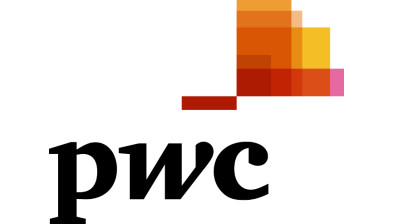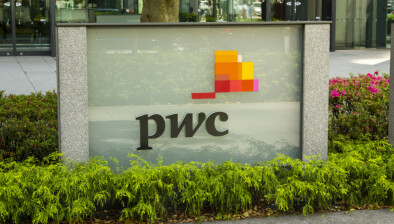PwC: Edinburgh drives Scottish hotels comeback but challenges remain
Claire Reid
Edinburgh’s hotel sector is showing strong signs of recovery from the impact of the pandemic, even before COP26 room rates are taken into account, according to PwC’s UK Hotels Forecast 2021-2022.
The Scottish capital was among the hardest hit cities in the UK when the country spent much of 2020 in lockdowns, however this year’s demand for domestic holidays has seen Edinburgh’s economically vital hotel sector bounce back, though PwC predicts that 2022 will remain a challenging year for Scotland’s hoteliers.
The Forecast shows that Glasgow and Aberdeen face a more challenging path back to pre-pandemic levels than Edinburgh, however figures for August show that all three Scottish cities measured are recovering.
After the most volatile trading period since benchmarking began, overall UK hotel trading performance is set to improve in 2022 as demand continues to return but trading is still not anticipated to return to pre-pandemic levels by the end of 2022.
The prediction forms part of the analysis into market conditions for hotels over the next 12 months. The forecast for occupancy rates by the end of 2022 is between 70% and 90% of pre-pandemic levels in London. Outside of London, the forecast is even higher, at between 87% and 96% of pre-pandemic levels.
For the year to August 2021, the average daily rate charged for a room in Edinburgh recovered slightly, to £86.42 – a 21.3% increase on the same time last year, when the pandemic had seen average rates fall by one third.
The all-important Revenue Per Available Room (RevPAR) for the year to August increased by 20.8% to £36.06 – which is still well down on long-term trends. This in part was due to an occupancy rate of just 41.7%, which is in line with the previous year.
However, in an encouraging sign, when looking at the month of August in isolation Edinburgh saw occupancy rates of 70% compared with 49.8% the previous August. This led to a RevPAR increase of 119.4% - reaching £81.99, ahead of pre-pandemic levels.
The demand for rooms during COP26 in the first half of November should push this even higher.
However Edinburgh, which has long been among the most expensive cities in the UK to spend the night has fallen behind a number of English towns and cities including Brighton (£120) and York (£107.44) which have usurped London (£91.68) as the most expensive places to stay on the back of increased demand for domestic tourism.
While Edinburgh’s hotel sector is on the road to recovery, the picture was less rosy in Glasgow, which is still recovering from the lockdown of early 2021. While Scotland’s largest city is set to see a huge economic benefit from COP26, which begins this Sunday, overall in the year to August its RevPAR was £23.32, down 5.2% on the year to August 2020, and less than half of the £52.57 recorded pre-pandemic.
Occupancy in Glasgow also fell, down 9.4% to 36.4% but the average daily rate of a stay climbed to £64.10 from £61.27.
August figures are encouraging however, with RevPAR in that month almost doubling against the previous August, to £44.57. Comparing August 2021 with the previous August, occupancy rates increased from 38.5% to 62.3%, illustrating a surge of visitors over the summer.
In Aberdeen, RevPAR climbed 9.2% to £25.91 with occupancy up 13.7% to 48.8%. The only metric where Aberdeen lost ground on the previous year was Average Daily Rate, which fell by 3.9% to £25.91.
Like Edinburgh and Glasgow, looking at August in isolation shows a different picture, one where occupancy rates were up 85.2% to 66.8%, and where RevPAR leapt from just £19.70 to £37.43, giving the city’s hoteliers reasons for optimism.
Claire Reid, regional leader for PwC in Scotland, said: “The hotel sector has been shaken by the pandemic, but the underlying reasons for visiting Scotland remain, and as we have emerged from lockdowns we are seeing visitors make their way back – driven by domestic tourists from other parts of the UK.
“August figures give cause for optimism but the speed of recovery in Scotland will depend on a number of factors including the return of international tourism and business travellers.
“With the boost of COP26 to come this month, and hopefully an ongoing reprieve from Covid restrictions, the next few months should see hotels begin to look to the year ahead with more confidence, however they must continue to innovate and adapt to cater for available markets.”





